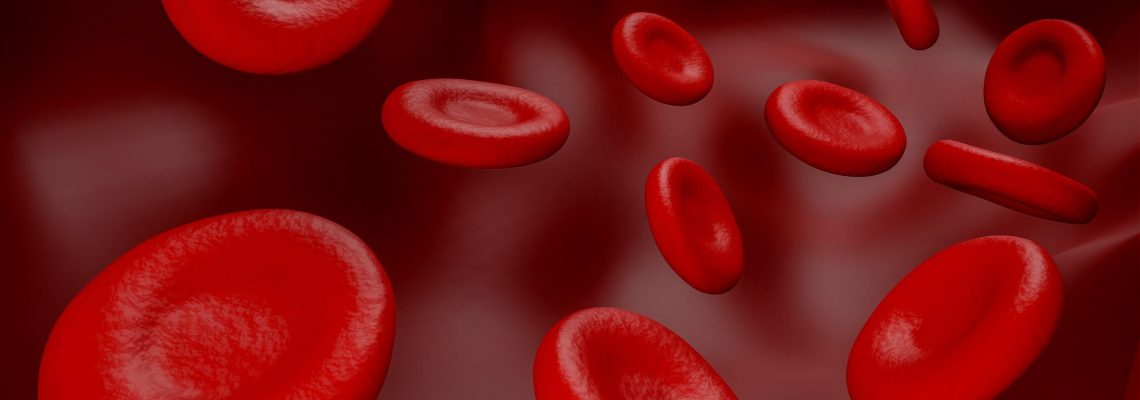
What is Haemochromatosis?
Haemochromatosis is a hereditary condition, in which excessive amounts of iron are absorbed from the diet. This iron is deposited in various organs, mainly in

Haemochromatosis is a hereditary condition, in which excessive amounts of iron are absorbed from the diet. This iron is deposited in various organs, mainly in the parenchymal cells of the liver and also in the pancreas, heart, anterior pituitary and joints.
Early diagnosis is vital as without treatment Haemochromatosis can cause premature death.
Haemochromatosis results from a fault in a gene known as the HFE gene. It is said to be an autosomal recessive disorder which means that you must get a copy of the gene from both parents for the disorder to develop.
Haemochromatosis is more common in Ireland than anywhere else in the world. One in 83 Irish people carry two copies of the HFE gene and are predisposed to develop iron overload. One in five Irish people carry one copy of the gene and are said to be carriers.
Iron is consumed in our diet in foods such as red meat, cereals and some vegetables. It is absorbed via the small intestine. Normally people just take in as much iron as is needed. The human body has no method of excreting excess iron, so iron levels in the body are controlled by not absorbing more iron than is needed.
People with Haemochromatosis absorb too much iron from their food. This iron is toxic and is deposited in the organs which may be damaged. The degree of iron overload is measured by the level of serum ferritin in the blood.

Haemochromatosis is a hereditary condition, in which excessive amounts of iron are absorbed from the diet. This iron is deposited in various organs, mainly in

Haemochromatosis International Haemochromatosis International is a global alliance of haemochromatosis associations, established to advance the health of people with haemochromatosis across Europe, North America,

Begin treatment as soon as possible; the earlier your treatment (the most effective treatment is by venesection) begins the better your chances of staying healthy.

Iron builds up slowly so symptoms may not appear until age 30 or 40. These symptoms include: The early biochemical signs of haemochromatosis tend to

Diagnosis A simple blood test to check your iron status can confirm or rule out iron overload. If both the serum ferritin (SF) and the

Consider testing for haemochromatosis (HH) in: Relatives who are at risk should be tested. This is absolutely essential in the case of brothers and sisters
If you or someone you know has Haemochromatosis, we are always ready to help. Use our helpline, send us an email or join us using the links below.
